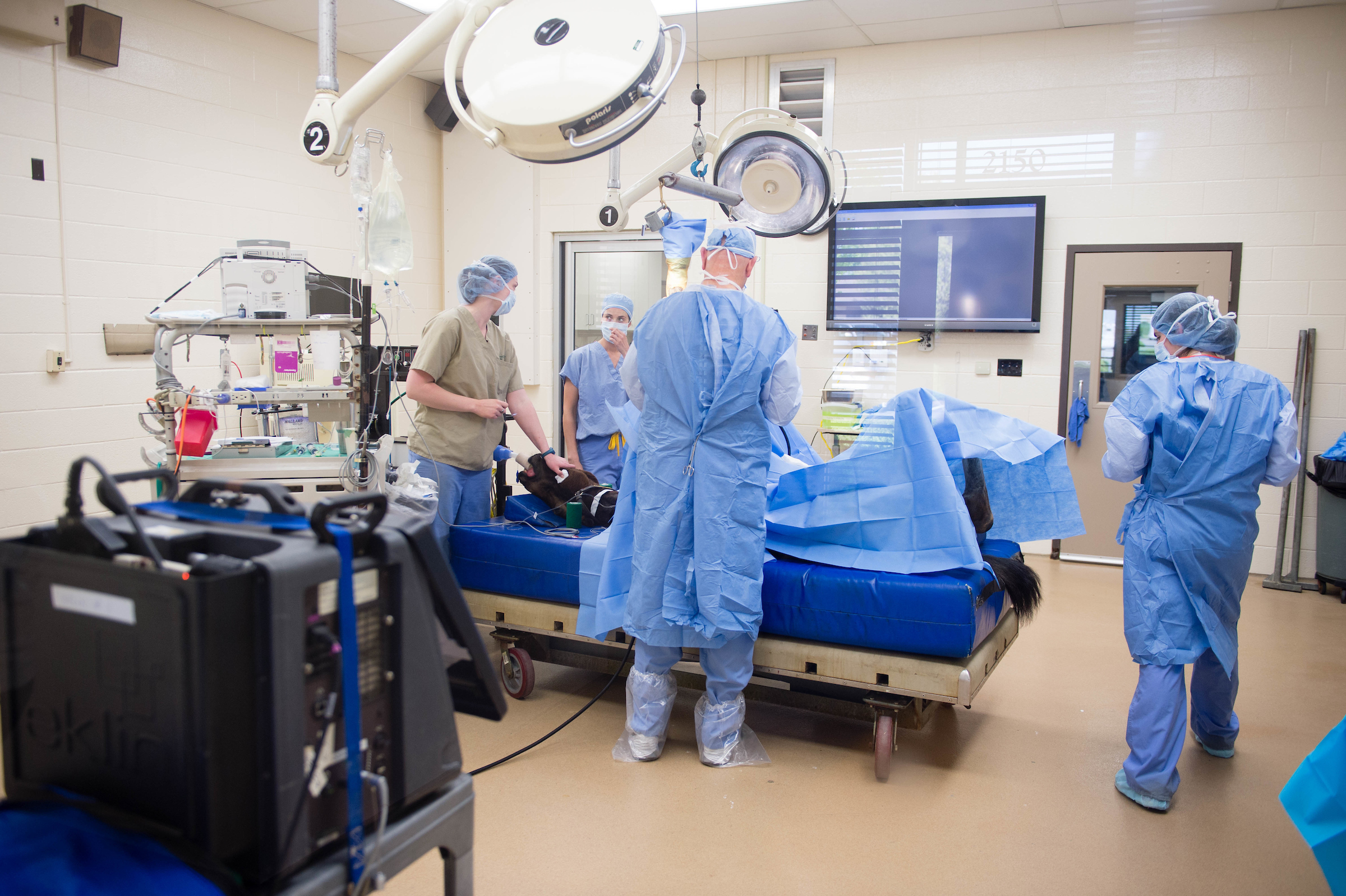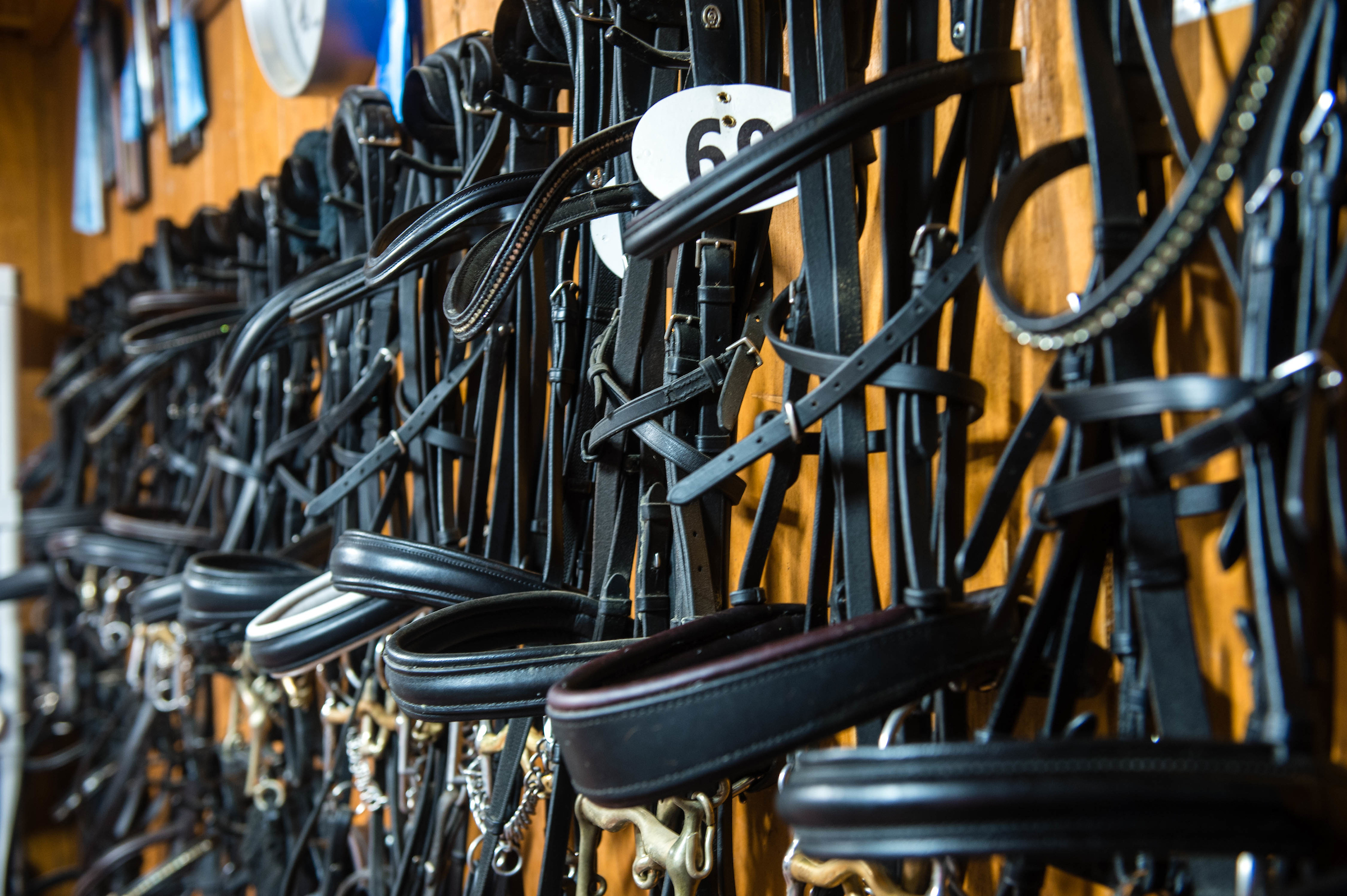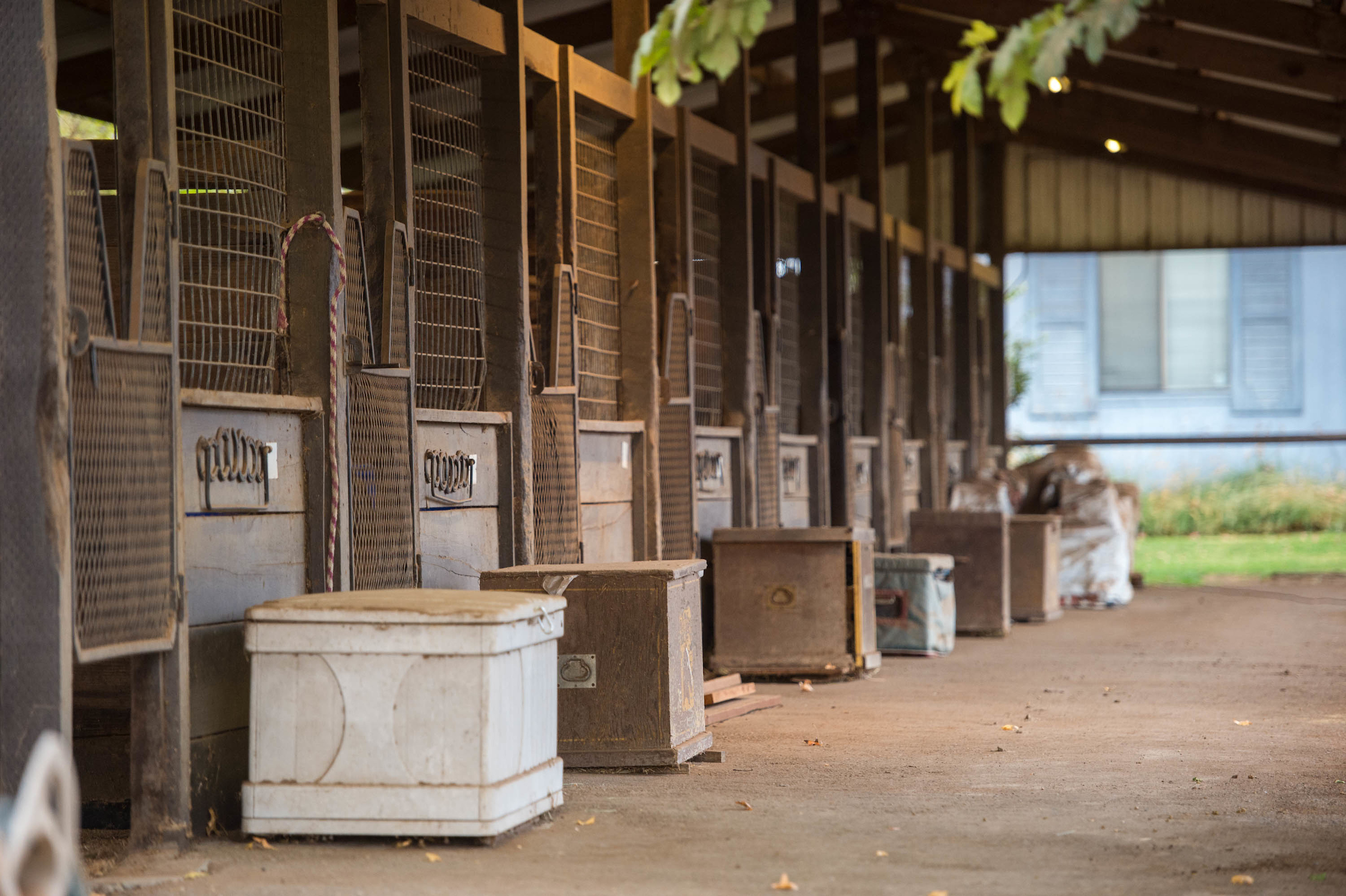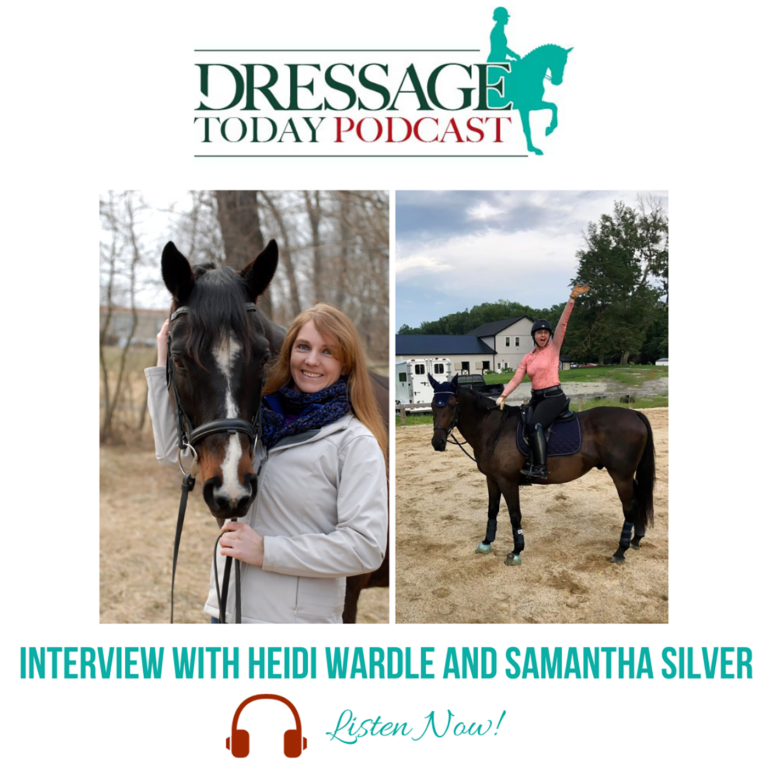Insurance polices are contracts and they are some of the most complicated contracts around. Farm property and liability policies, horse mortality and major medical policies are no exceptions. It requires effort to fully understand them, but if you know the basics about the key sections, it is possible. It is important to understand your coverage when you buy the policy so you don’t discover at the time of a claim that you don’t have the coverage you thought you had.

(©Rido – stock.adobe.com)
It helps to have a pen and paper to list things that raise your eyebrows as you read through the sections. Sometimes a term that doesn’t work for you in one section is fixed in the next, but not always, and you need to sort through carefully to make sure you have the coverage you need.
The key sections of any insurance policy include the following:
Definitions. Don’t assume that you know what key words in your insurance policy mean because “Definitions” in policies are often used to alter the common meaning of words. Look for anything that changes or limits a term in a way that impacts the coverage for your operations.
Coverages. This section lists what is covered. Depending on whether it’s a property or liability policy, make sure all of your valuable property or operations are listed. For instance, if your liability policy says it covers riding and training and showing, do you also need it to say sales of horses? Judging horse shows? Clinics away from home? These coverages aren’t always included without an endorsement.
Exclusions. This is what is not covered. It clarifies or makes exceptions to the Coverages section. For example, in riding-stable policies, vaulting, polo and racing are often excluded as covered activities and coverage for them would have to be specifically added in an endorsement, usually for an additional premium because of the increased risk of injury. Farm-package liability policies from three major equine specialty carriers include exclusions for the following things you might not expect: sale of tack and equipment if altered by the insured (for instance, a saddle you sold that had been repaired at some point); damage or injury arising during construction or demolition operations, which may include maintenance or repairs; and damage or injury caused by any dog, whether owned by the insured or by anyone visiting the premises. Policies also tend to exclude claims between insureds named on the policy, so if you’re a trainer and the owner of the farm where you train is an additional insured on your policy, your insurance may not cover a claim arising between the two of you.
Property coverage in policies I have reviewed excluded tractors, hay balers, four-wheel ATVs, fixtures within or attached to a building (saddle and blanket racks, tack lockers, rubber mats, feed bins, etc.), fences, portable structures and property usual to a dwelling (furniture in lounges and tack rooms) unless they are specifically listed on a list of individual items called an asset schedule.
The insurer may also add exclusions as a result of claims during the policy period. For instance, a horse who has had colic surgery will likely have an exclusion for future colic added to his policy once the claim for the surgery is paid. If your insurer imposes exclusions because of claims and the problem doesn’t recur within a year, ask that the exclusion be removed. The insurer should evaluate the ongoing risk and remove exclusions for conditions that are likely isolated incidents rather than chronic conditions.

(Amy K. Dragoo)
Limits. Policy limits—what the policy will pay for various coverages—are often expressed in two numbers that look like a ratio. The first number is what the insurer will pay for any single claim. The second is the maximum the insurer will pay during the term of the policy if there are multiple claims. Insurance policies are increasingly including sub-limits, lower amounts the insurer will pay for a particular kind of claim. For example, in major medical policies on individual horses, per-injury limits for treatments like IRAP and shockwave therapy are often significantly lower than the policy’s major medical limit. In property policies, there is often one limit for a building, another limit for the contents of the building and a sub-limit for nonscheduled individual items of personal (non-real estate) property. Any single item worth more than the individual item sub-limit must be included on a schedule (list) of valuable items with its value stated in order for it to be covered above the per-item sub-limit. Unique and particularly valuable things like original art and antiques are commonly scheduled in insurance policies and sometimes an appraisal is required for the value to be substantiated, but any horse-farm owner should look at the per-item sub-limit with tack and farm equipment in mind. A per-item sub-limit of $2,000 or even $5,000 can easily reduce the recovery for stable contents to well below their actual value. The total contents value can also be inadequate in a well-equipped stable. Increasingly, horse business operations include things like computer equipment, sophisticated sound systems and expensive therapy systems like magnetic blankets and ice therapy machines. Any item or group of items worth more than the per-item limit needs to be individually listed on the schedule of assets to be fully covered and it’s a good idea to do an occasional inventory with replacement values to ensure the total-contents limit is adequate. While insurance agents know to ask about valuable tack and an aggregate value for tools and utensils, blankets, etc., Mary Phelps of Markel Insurance notes that, “Clients often forget to include the value of things like floor mats, expensive tack trunks and barn fixtures that can really add up to exceed policy contents limits in the event of a total loss such as a fire.”


(Amy K. Dragoo)
Property policies are also starting to apply a payment formula that limits property claims for a partial loss to something less than the full per-occurrence limit. Some insurers also impose lower sub-limits if insured property is away from the premises listed on the policy, such as equipment stolen at a horse show. If you see something in your policy that looks like it reduces the amount of a payment, make sure you understand the implications.
Endorsements. Endorsements are additional terms added at the end of the policy document. They may add coverages or exclusions or modify the terms of the insurance policy to reflect the specific situation. “Farm package” liability policies often exclude any coverage for damage or injury resulting from sports, but then have an endorsement saying that horse-related sports are, in fact, covered. As the world changes, so do the endorsements, and you may find some items of concern here, so be sure to read the pages of your policy that are attached at the end.
Notice Provisions and Time Limits. These are most significant in mortality and major medical policies, both of which require that you inform the insurer within a certain period of time of injury or illness suffered by an insured horse. Failure to do so can lead to the denial of a future claim. Read the notice requirements and make sure you follow them. You don’t want to pay your premium but “forget” to inform the insurer of an incidence of colic, only to find out that the surgery required by the next episode of colic is not covered because you failed to comply with the policy’s notice provision. A minor episode that is treated successfully may not lead to an exclusion for that condition unless it recurs. Failure to comply with the terms of the policy can lead to denial of a claim for any condition or even cancellation of the entire policy. Other policies also often have time limits by which you must notify the insurer of a potential claim.
What’s New
The use of technology and the acceptance of credit cards and electronic payments have generated new insurance terms. Policies will replace computer equipment and software that are under the per-item limit or properly listed on the schedule of valuable assets, but they will replace software only to the extent of new, unused software. They will strictly limit payment for the cost of retrieving lost data, which, if you’ve had a major computer failure or hack, you know can be quite expensive in terms of time and professional services.
If you store client information, be aware that exclusions are also appearing for loss or damage resulting from the disclosure of private and/or financial information. If a hacker, or even an employee, gets into your clients’ credit card information, don’t look to your insurance company for help mopping up the damage. Information security is your responsibility and you should take it very seriously.
Most liability policies now also specifically exclude liability coverage for false statements, those that disparage someone’s goods, products or services, or that violate someone’s privacy, including comments made by others on a website or chat that is controlled by the insured. In the age of social media, think twice about the temptation to vent about unhappy situations online. It’s unlikely that your insurance will defend you against a resulting libel claim. The same section usually excludes coverage for the failure of goods, products or services to conform with statements regarding quality or performance in advertising. In other words, watch what you represent regarding horses for sale or the likely results of your training or instruction program. The adage that guaranteeing anything about a horse, dog or child is the surest invitation to have them prove you wrong is prudent warning with regard to advertising liability. You can always say what a horse has accomplished. Think twice about saying what he will do.
Use of computers and social media aren’t the only technology driving changes in insurance policies. “Advancements in veterinary medicine have made diagnosing and treating injuries both more sophisticated and more expensive,” says Kathy Sedlak of Great American Insurance Group. “When major medical coverage was first added to horse mortality policies, it was to help with the catastrophic situations like colic surgery. These policies weren’t meant to be like human medical coverage.” According to Sedlak, advanced diagnostics such as nuclear scans and MRIs as well as regenerative treatments such as IRAP and PRP for single injuries can quickly eat up the full limit of a major medical policy, leaving nothing for later treatment of a life-threatening injury or illness. The expenses of the new technologies were becoming unsustainable for the insurers and because they can’t adjust insurance rates without going through a very complicated state-by-state rate-change application process, they worked to limit costs. Sub-limits for some treatments and significant deductibles and co-pays are now common.
Other changes in response to our changing world are creeping in. One policy I recently read excludes damage or injury caused by drones. Another excluded liability claims arising from equine influenza virus and an equine mortality policy I reviewed recently excluded death resulting from any infectious disease. As with most changes to insurance contracts, these exclusions were likely added in reaction to some kind of large claim the insurer doesn’t want to pay again. Watch for others to appear in the future.
Since Sept. 11, 2001 exclusions for damage caused by terrorism have been common. More recently the definition of terrorism has changed to include acts that interfere with or disrupt an electronic, communication, information or mechanical system if the aggregate damage caused by the act exceeds $25 million. If you think this exclusion won’t impact you, imagine a hack that shuts down or damages the information contained in the computer system of any major bank. Damage could easily reach the $25 million threshold. If your policy contains this exclusion, and it probably does, you won’t get help from your insurer with restoring your information or retrieving lost funds. You may recover something from the U.S. government’s Terrorism Victim Compensation Fund, but it’s a limited pool and you’ll be applying for funds with all of the other victims. Processing these claims can be slow. In the meantime, you need to be able to keep operating. Keep very good financial records and if they’re exclusively electronic, keep them backed up! The major insurers offer a terrorism coverage endorsement for a small additional premium that may be well worth it.
Help is available. If you read your policy and suspect something is missing, you’re not sure what to list as “scheduled assets,” or you can’t fully understand it, consult with your agent. Ask her to explain any terms in your policy that you don’t understand or that you think might keep you from being fully covered. Invite your agent to your farm and walk around with her to talk about what fixtures and equipment need to be scheduled as valuable individual assets, what activities might not be covered in your listed coverages and whether you need to make changes to your policy to fully protect your interests. If the agent can’t come to you, send photographs. They’re good documentation to have anyway in case of a claim.
The better informed your agent is about your activities and property, the more likely your coverage will be adequate to cover a significant loss. If your agent is unable or unwilling to learn about your operation or your property, find a new agent. There are many equine specialty agents whose job is to make sure that you are adequately covered. Simply filling out an application and paying the bill when it comes may be enough if you’re insuring a personal horse or you have a very simple boarding operation. But if you have anything more complex, the time to find out what may not be adequately addressed in your policy is before you need to file a claim.
Elizabeth Clarke is a longtime student of dressage. As an attorney, mediator and business consultant, she has among her regular clients several large breeding and training farms and prominent trainers as well as many smaller farms and horse related businesses. She lives in Hatfield, Massachusetts, with her son and a collection of adopted and rescued animals, including three equines.











